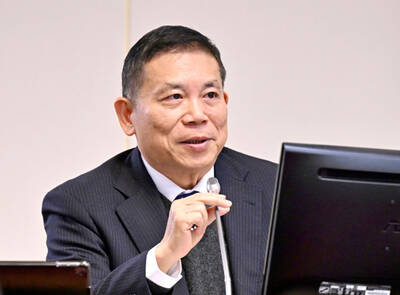South Korea’s jobless rate surged to its highest in more than two decades, raising concern that an export-driven recovery could be masking a harsher scarring of the economy.
The unemployment rate jumped to 5.4 percent last month from a revised 4.5 percent in December last year, hitting its highest level since after the Asian financial crisis.
The result outstripped all forecasts as the economy shed almost 1 million jobs from a year earlier for the worst losses since 1998.
The sharp deterioration in the labor market contrasts with the view that the South Korean economy has been one of the best performers in the developed world last year and suggests that the South Korean government might need to take more action to support jobs.
“The huge hit to jobs is going to weigh on the pace of economic recovery,” said Sung Tae-yoon, an economics professor at Yonsei University in Seoul. “People looking for jobs will also decrease as the economy worsens, which may technically bring down the jobless rate, but economic difficulties will continue.”
Last month, the sector combining retailers, wholesalers, restaurants and hotels was hit hardest with 585,000 job losses from a year earlier.
More than 340,000 positions were shed in a sector that includes public service, as the government’s job-creation measures expired. Manufacturing lost 46,000 jobs.
The government takes the situation “seriously” and would use all available options to deal with it, South Korean Minister of Finance Hong Nam-ki said in a statement, blaming the job losses partly on expired fiscal support for jobs creation at the turn of the year, and a high year-earlier base.
South Korean President Moon Jae-in is also calling for incentives for companies that would share some of their profits during the pandemic with ones that were hit harder, a move that could indirectly support employment.
Some South Korean lawmakers are putting pressure on the Bank of Korea to adopt a jobs mandate as part of its goals.

Taiwan will prioritize the development of silicon photonics by taking advantage of its strength in the semiconductor industry to build another shield to protect the local economy, National Development Council (NDC) Minister Paul Liu (劉鏡清) said yesterday. Speaking at a meeting of the legislature’s Economics Committee, Liu said Taiwan already has the artificial intelligence (AI) industry as a shield, after the semiconductor industry, to safeguard the country, and is looking at new unique fields to build more economic shields. While Taiwan will further strengthen its existing shields, over the longer term, the country is determined to focus on such potential segments as

UNCERTAINTY: Innolux activated a stringent supply chain management mechanism, as it did during the COVID-19 pandemic, to ensure optimal inventory levels for customers Flat-panel display makers AUO Corp (友達) and Innolux Corp (群創) yesterday said that about 12 to 20 percent of their display business is at risk of potential US tariffs and that they would relocate production or shipment destinations to mitigate the levies’ effects. US tariffs would have a direct impact of US$200 million on AUO’s revenue, company chairman Paul Peng (彭雙浪) told reporters on the sidelines of the Touch Taiwan trade show in Taipei yesterday. That would make up about 12 percent of the company’s overall revenue. To cope with the tariff uncertainty, AUO plans to allocate its production to manufacturing facilities in

COLLABORATION: Given Taiwan’s key position in global supply chains, the US firm is discussing strategies with local partners and clients to deal with global uncertainties Advanced Micro Devices Inc (AMD) yesterday said it is meeting with local ecosystem partners, including Taiwan Semiconductor Manufacturing Co (TSMC, 台積電), to discuss strategies, including long-term manufacturing, to navigate uncertainties such as US tariffs, as Taiwan occupies an important position in global supply chains. AMD chief executive officer Lisa Su (蘇姿丰) told reporters that Taiwan is an important part of the chip designer’s ecosystem and she is discussing with partners and customers in Taiwan to forge strong collaborations on different areas during this critical period. AMD has just become the first artificial-intelligence (AI) server chip customer of TSMC to utilize its advanced

Chizuko Kimura has become the first female sushi chef in the world to win a Michelin star, fulfilling a promise she made to her dying husband to continue his legacy. The 54-year-old Japanese chef regained the Michelin star her late husband, Shunei Kimura, won three years ago for their Sushi Shunei restaurant in Paris. For Shunei Kimura, the star was a dream come true. However, the joy was short-lived. He died from cancer just three months later in June 2022. He was 65. The following year, the restaurant in the heart of Montmartre lost its star rating. Chizuko Kimura insisted that the new star is still down